A freshly baked loaf of bread in the morning to start your day off is something anyone would crave. Bread, in general, is something that is compatible with both sweet dishes and savory dishes.
But what if you bake a lot of bread because the weather was perfectly warm for bread dough? If you can’t finish all that bread as soon as possible, it will start catching mold and rot once months go by.
Sometimes you have to freeze and defrost it. And in this article, we’ll teach you how to freeze and defrost bread.
How to Freeze and Defrost Bread
If you are a baker or a customer who has leftover bread, you will end up looking for a way to store it so that it can last longer and can be consumed days later. The most common way everyone uses to store bread is by freezing it. But freezing bread is a complicated process.
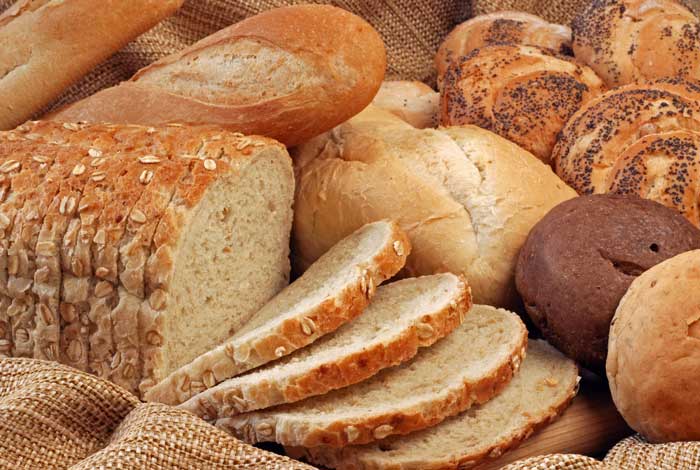
It also needs to be defrosted before serving. For this, you will need to know a few good ways to freeze and defrost bread, and some of those ways are given below:
1. Storing the Bread in Zip Lock Bags
The bread you will choose to freeze will most likely be leftover bread or extra bread that you baked or bought and is untouched. You need to make preparations for this bread before freezing it. The first step you need to take care of is reducing the size of the bread loaf by cutting it into slices.
Get some zip lock bags for freezers and put a few slices in each zip lock bag and seal them tightly. When you seal them, make sure every bit of air has been pressed out of the bag too.
This way, you can save up space in your freezer for lots of bread loaves reduced to cut up slices in zip lock bags. And when you want to eat some bread, you can just get out one zip lock bag since it will have enough slices for a sandwich or two. The other slices can stay frozen in the freezer.
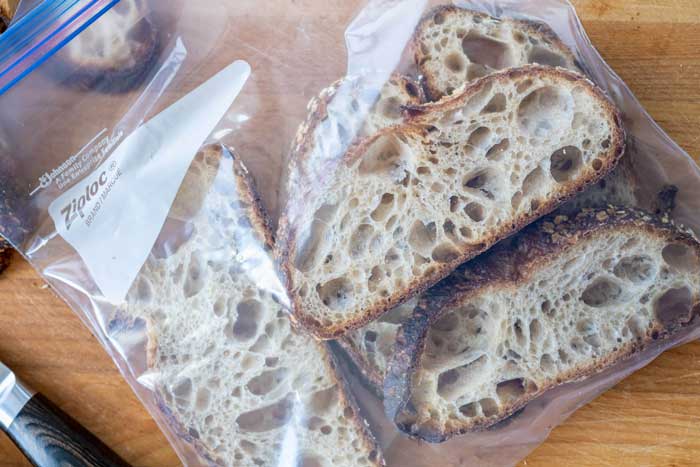
And the same process can be applied even if the loaf of bread is not new and fresh. If you have leftover bread, you can put it in a zip lock bag. If there is too much of that leftover bread, then cut it up before storing them in the zip locks bags. These will all fit perfectly in your freezer as well.
But this does not mean you have no way of storing a whole loaf of bread or larger piece of bread. All you will need is the larger sized zip lock bags. But you should only do this if you know for sure you will finish the whole loaf when you defrost it. If not, then you will just end up having to freeze and defrosting it again.
2. Storing the Bread in Plastic or Containers
Plastic wrap or clean film can be used to keep the bread loaf or bread slices safe from getting frosted all over with snow. Once the bread collects snow from your freezer, it will get soggy inside. On the other hand, your freezer is also blowing ice cold air. If the bread is openly stored in the freezer, it will dry out and lose all the nutrients.
That is why the clean film is used to wrap the bread snugly and tightly. The clean film is pretty thin, so you need to wrap two layers just in case. This makes sure no air or water gets inside.
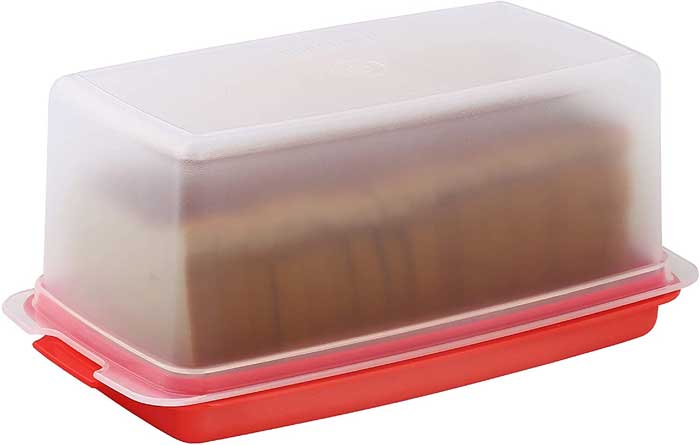
The same goes for containers. You need to make sure your containers are airtight and have that rubber or silicone lining on the edges to prevent air or odor from external sources from getting inside and prevents the bread’s own moisture and odor from escaping.
Depending on the size of the container, you can fill that many slices of bread. The container can easily be placed in the freezer despite what other food products you have in there. As long as the container is hard plastic and airtight, then nothing can attack your bread and spoil it.
3. Defrosting Bread Slices
If you have only frozen a few slices of bread into each zip lock bag, then you can just take out the number of zip lock bags you think you may need.
Put it in your normal fridge and let the ice melt off the zip lock bag so that you can open it. This might take a few hours if you are dealing with bread slices only. No matter what, you can’t let the bread thaw on your counter. Letting it thaw at room temperature will make the bread become stale.
Take out the frozen bread slices and then put them in your microwave oven. Heat them in the microwave oven with the highest power. It should only take about half a minute at most.
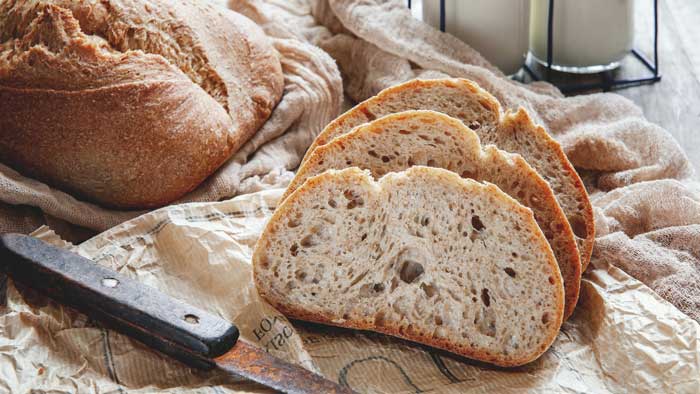
And if you plan on using your baking oven instead, then you should separate the slices and align them on your oven’s tray or rack. Make sure you have placed a sheet of baking paper on the tray or sheet before you place the slices of bread on top.
Let it bake in the oven for about 5 minutes, and the temperature should be around 325 degrees Fahrenheit. If you have a toaster, then you can try sliding the bread slices into the toaster and let it toast for a few minutes until you can feel that it is completely warm and crunchy.
4. Defrosting Bread Loaves
For the cases you stored large pieces of bread or loaves of bread in your freezer, the method will be pretty similar to how you defrost bread slices. But it will take longer since the size of the bread is larger. Even thawing the bread load in the fridge will take a whole day at most.
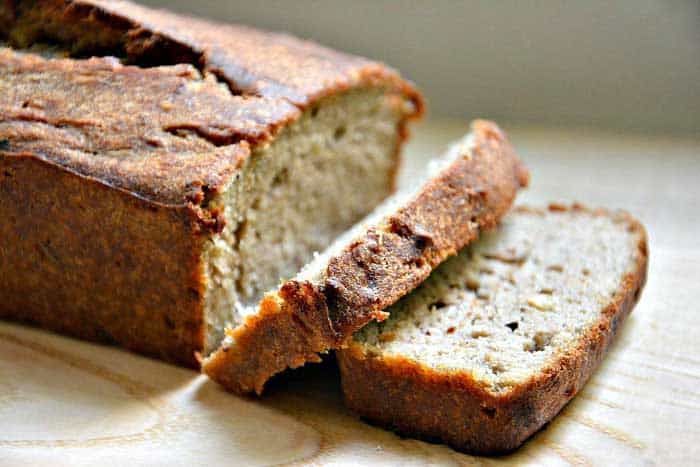
When you want to defrost it in a baking oven, you need to place it on a baking sheet over your baking tray and let it bake in there for about half an hour at 325 degrees Fahrenheit.
Final Words
If you store your bread by freezing it, this will let your bread last up to 3 months at best. Of course, the earlier you defrost and eat it, the fresher it will taste. But freezing bread is still a great solution to all those unfinished bread pieces, the number of bread loaves you bought on sale or discounts, or the bread loaves you baked.
You can avoid letting the bread develop mold when being stored out in the open; or avoid letting it dehydrate inside your fridge to the point it becomes as hard as biscuits.
As time passes, the bread will also begin to lose their flavor. That is why knowing how to freeze and defrost bread is a great skill and will save you from wasting all that bread.

